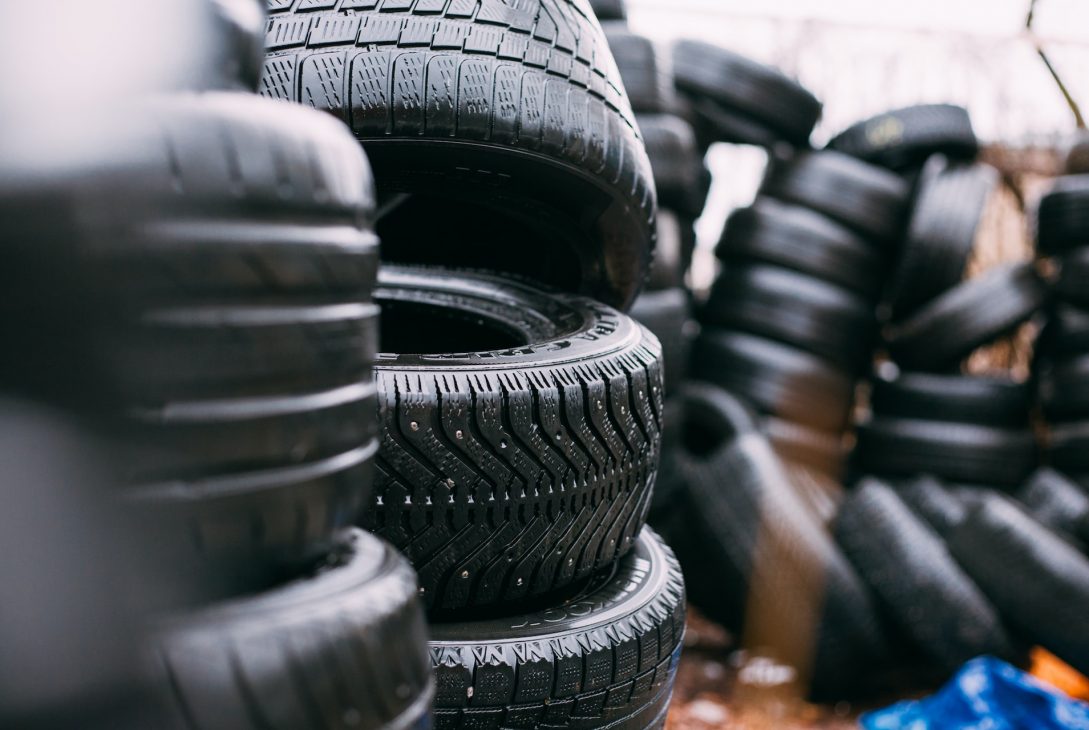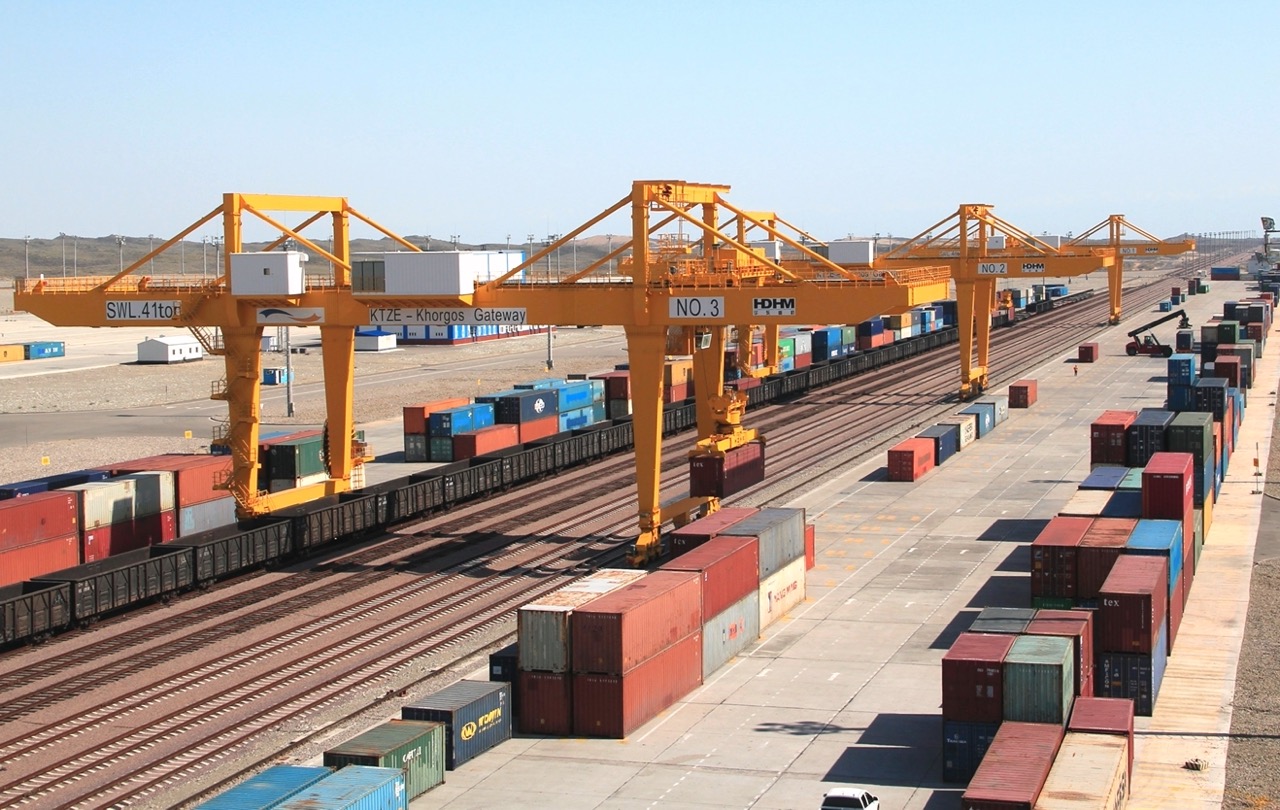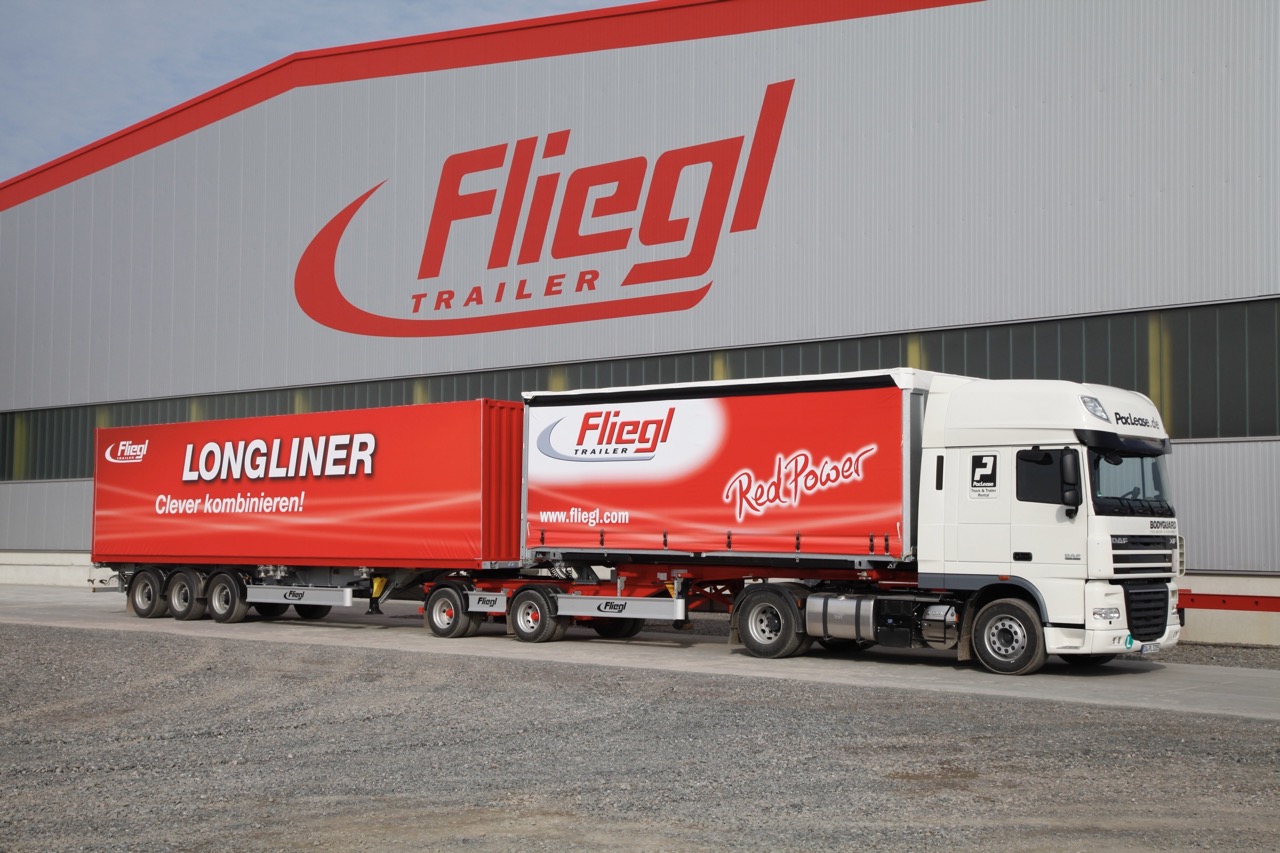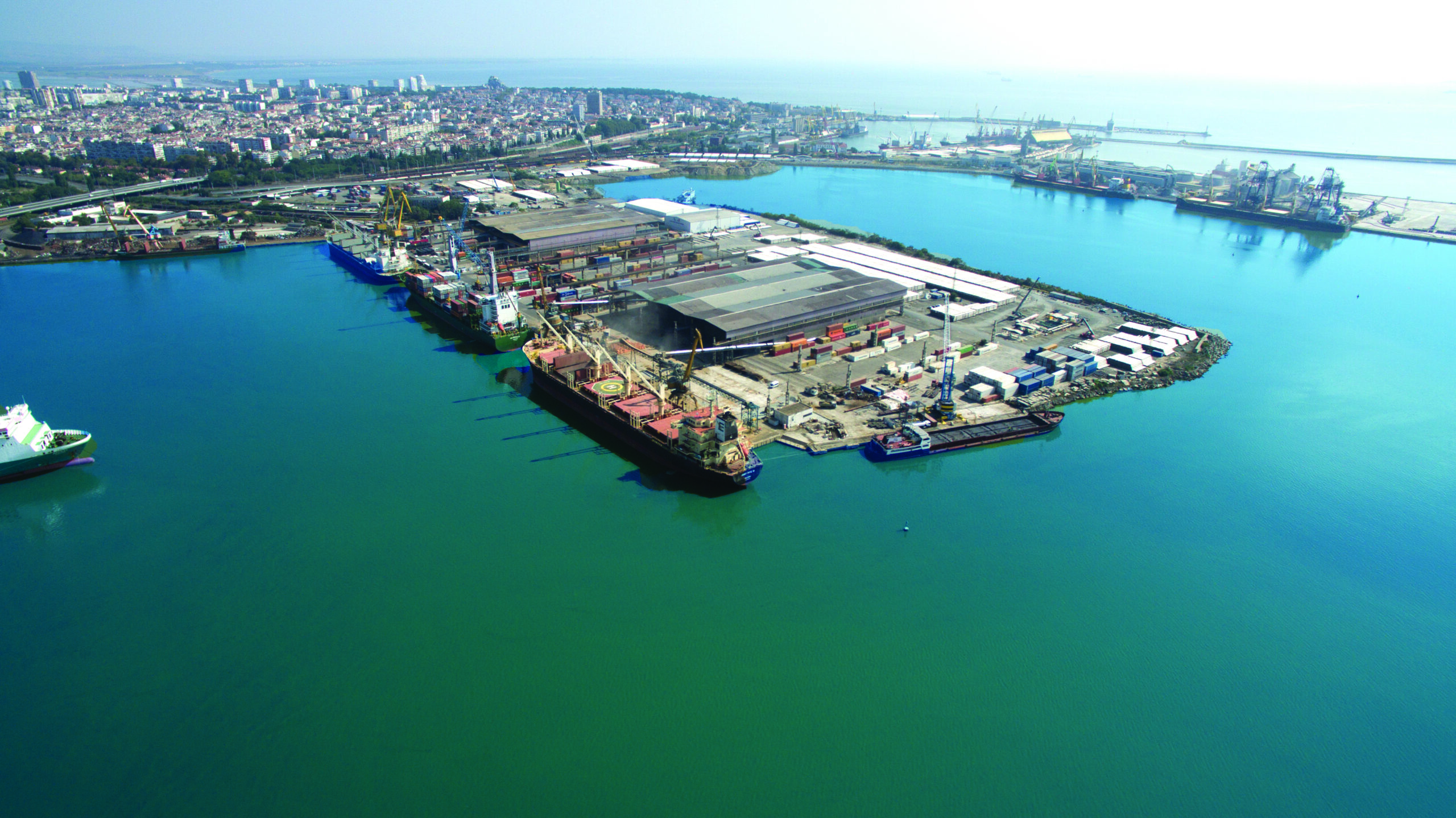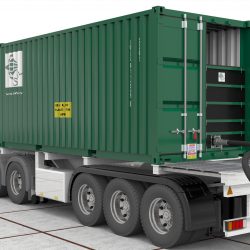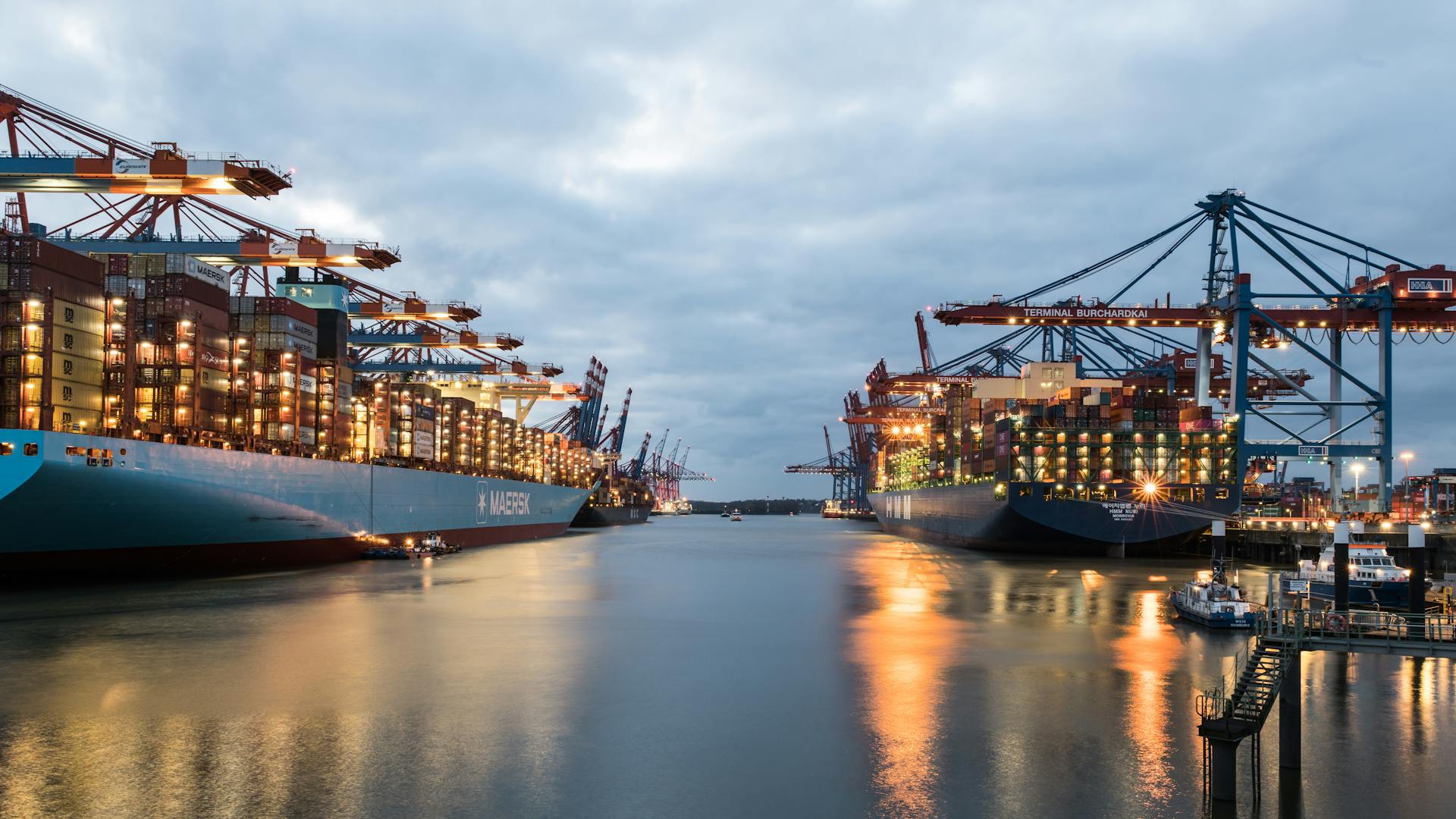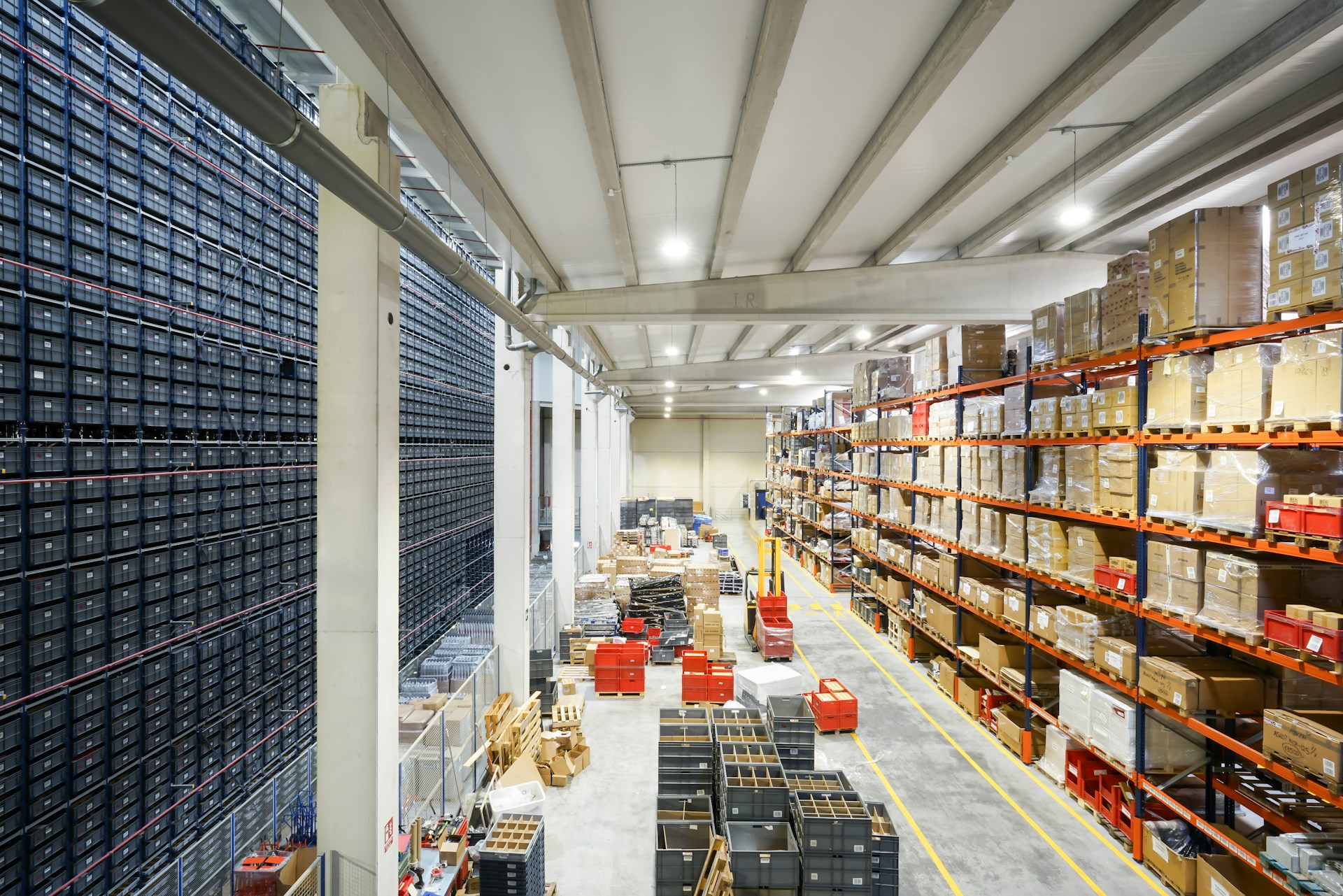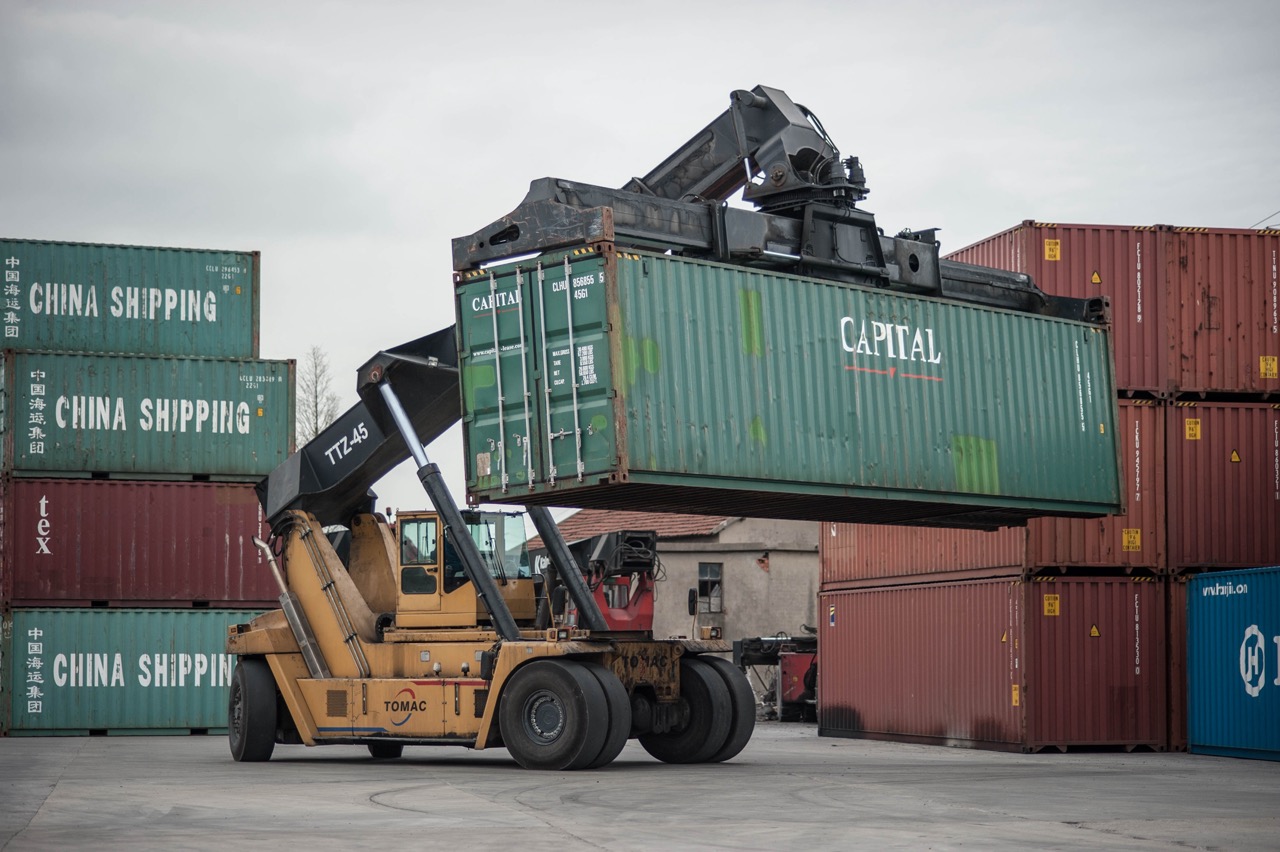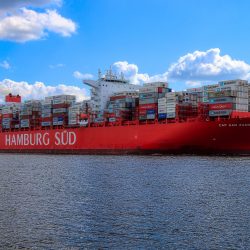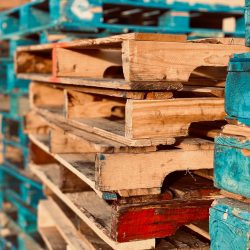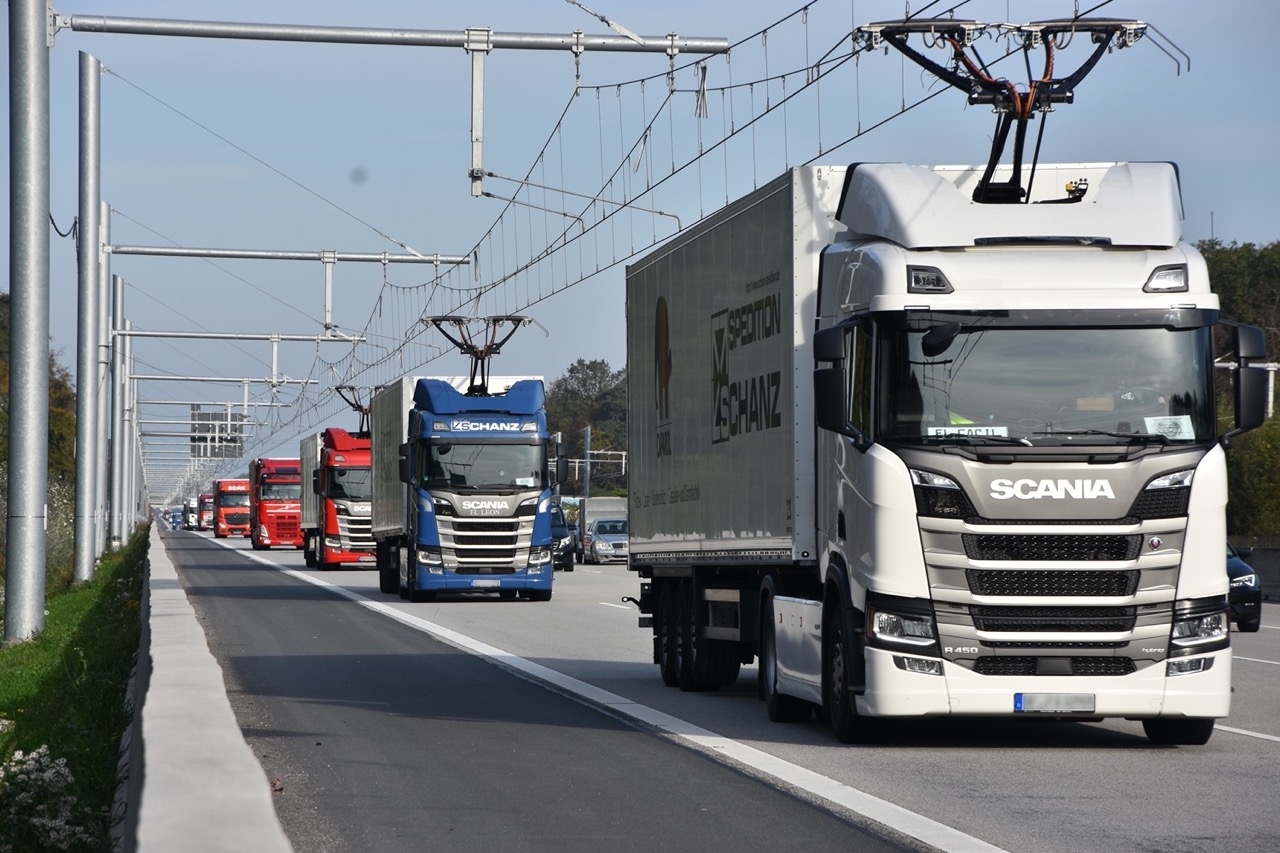Logistics costs force Korean manufacturers to save money
The cost of logistics continues to skyrocket, and the price of raw materials is catching up with it. This situation is affecting various industries, including the automotive industry. Korean companies, which produce tires, note the difficulties, which force them to change their business processes in order to stay afloat. As for automotive production, market players have faced even more difficulties here, because the shortage of semiconductors has led to a reduction in production volumes.
Logistics has fallen on hard times, caused by the pandemic. Since then, however, the segment has faced a number of factors that have exacerbated the situation. Container shipping costs in Shanghai have shown a fourfold increase in three years. While in 2019 Korean tire manufacturer Hankook Tire paid 200 billion won for sea transportation, in 2021 the cost of services was 450 billion won. Analysts predict that the cost will be even higher this year, reaching 1 trillion won.
The situation in the raw materials market is not pleasant either. Automotive tires require natural rubber, which accounts for about 30 percent of the cost of production. In just one year, the price per kilogram of material increased from 1,187 won to 2,680 won. At the same time, tire sales are decreasing because of the decrease in automobile production.
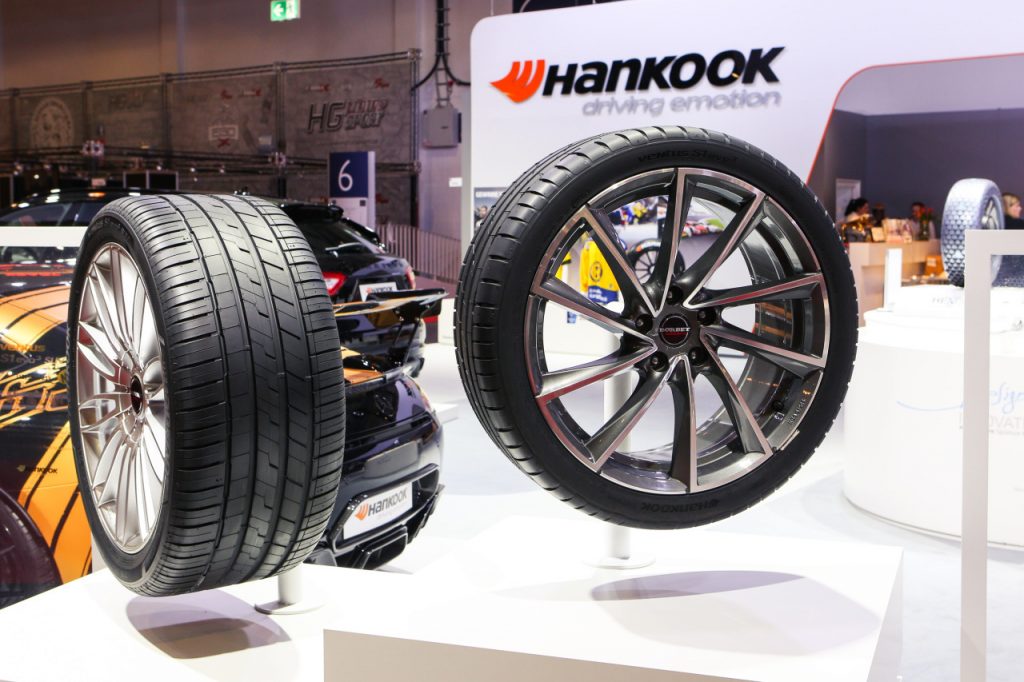
Companies are trying various ways to minimize the damage. For example, Hankook Tire invested in a testing facility, a project that cost 230 billion won. In addition, the manufacturer plans to expand tire production, by 2030 it intends to produce about 150 million units of products.
Kumho Tire has invested in a logistics center located in Sydney, Australia. The investment amounted to $19 million. The new facility will expand sales on the continent, where demand for tires has been growing strongly recently.
Last year Hankook decided to cut salaries for top managers of its subsidiaries and cut their wages by 20 percent. Shortly before making this decision, the manufacturer increased working hours.
Kumho also followed the example of its competitor and reduced salaries.
In turn, analysts predict an increase in demand for rubber. It is expected that by the end of the year it will grow by 2.2% and will amount to about 14.6 million tons. As for the production of the material, it will increase in the coming years, but more slowly than previously forecast. One of the reasons for this is the reduction of output in Indonesia.
Analysts agree that uncertainty in the global market and economic instability is limiting rubber production and, consequently, rubber-related sectors.

